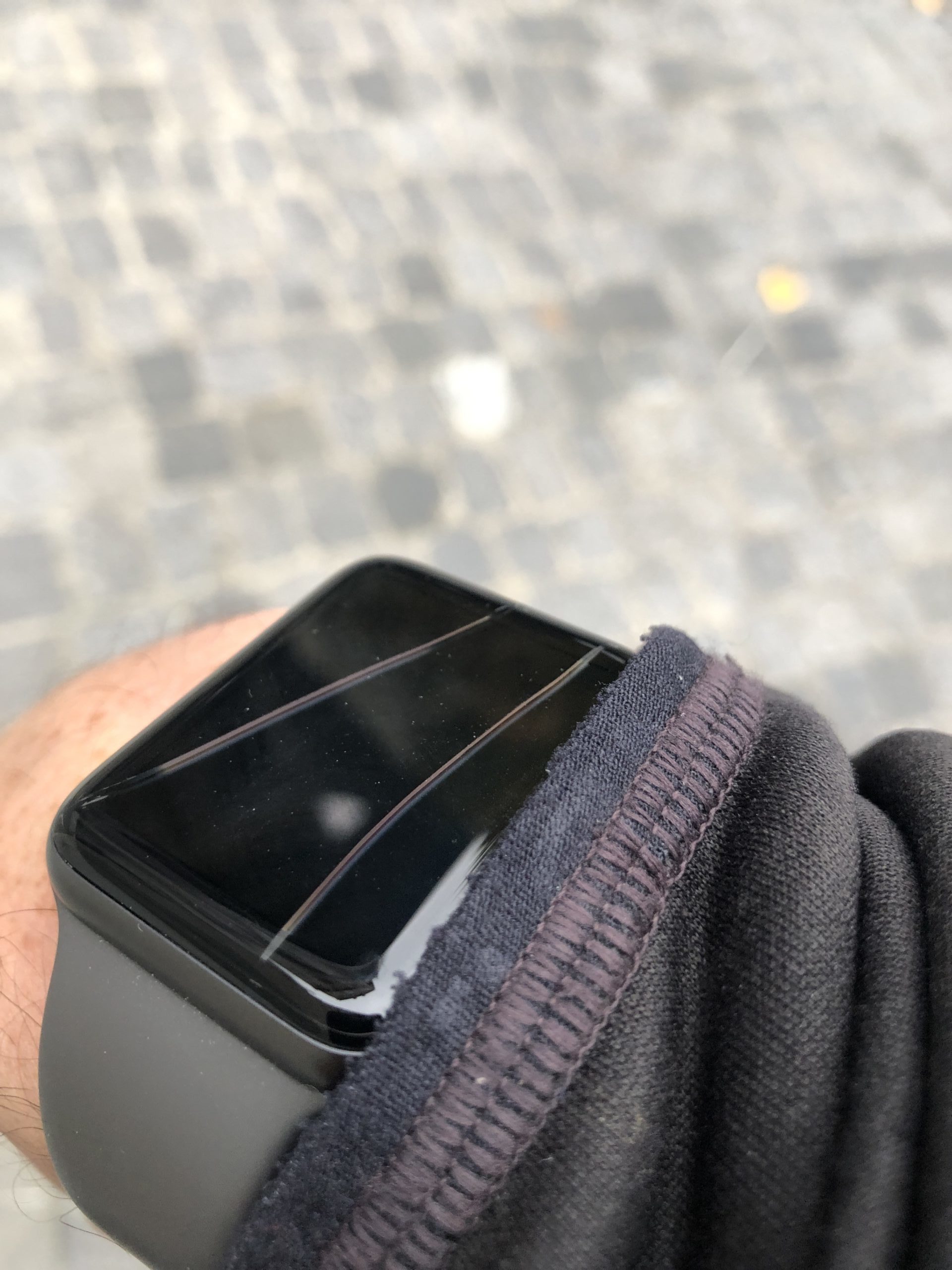Tag: smartwatch
-

Indoor Climbing and the Apple Watch
Reading Time: 2 minutesIndoor Climbing and the Apple Watch are a bad mix. They are a bad mix because the Apple watch has an unprotected glass screen. The screen is so exposed that last Thursday I shattered the screen without realising until I got home and tried to use it but the capacitive screen did…